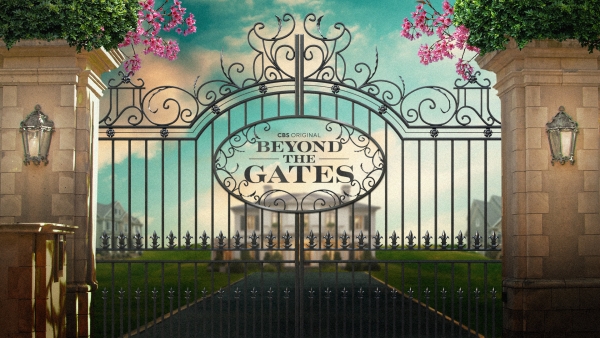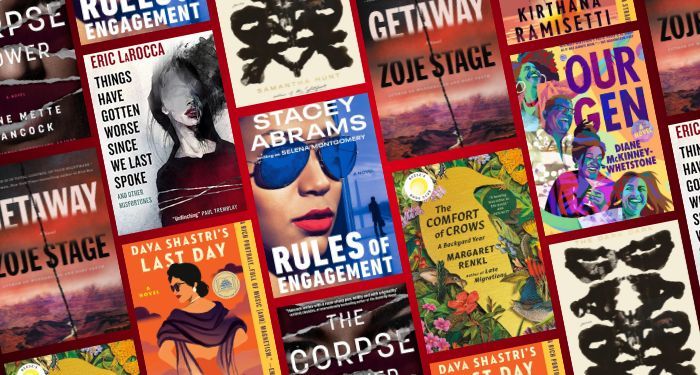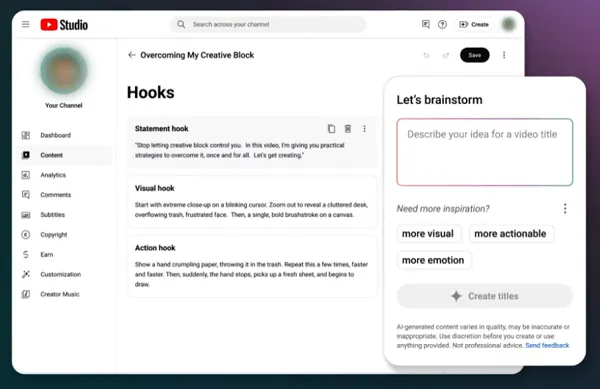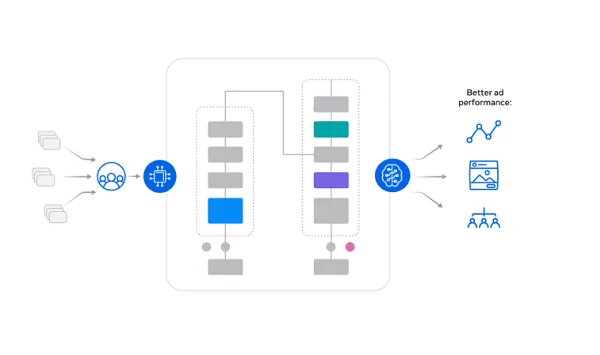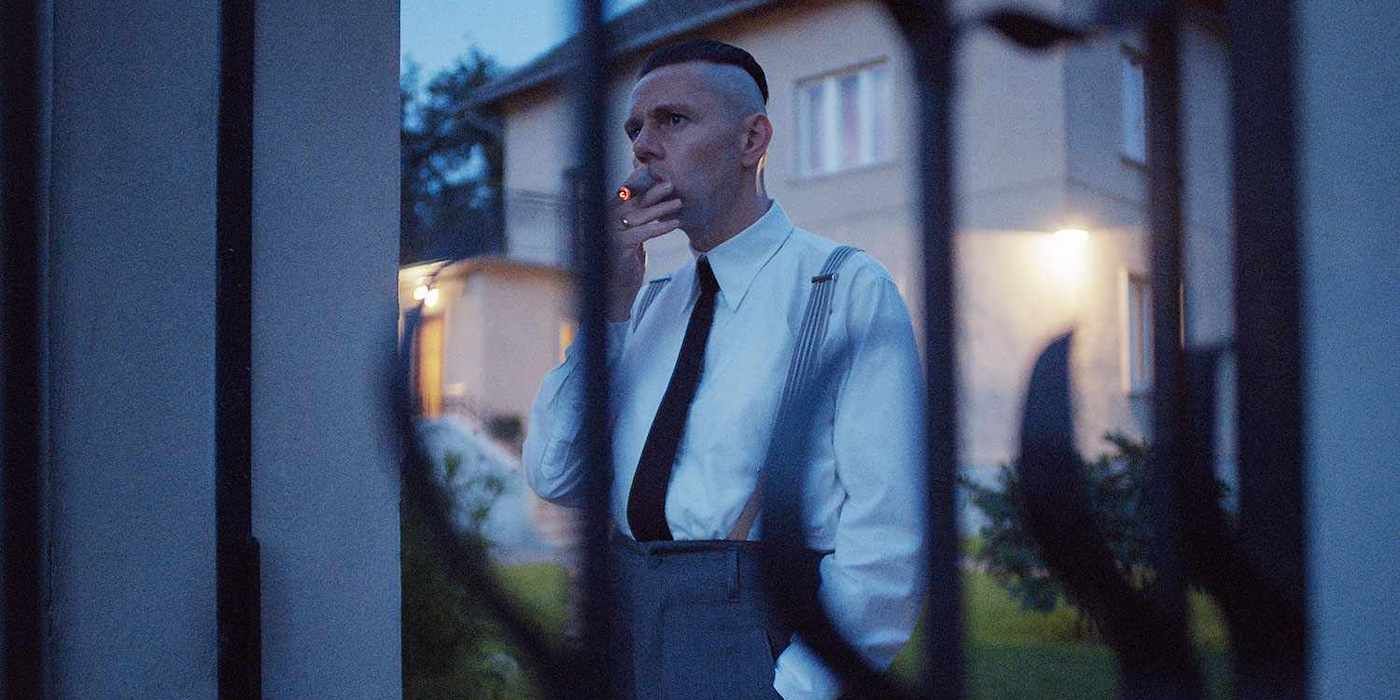Editor’s note: The following contains spoilers for The Zone of Interest.
The Big Picture
- Jonathan Glazer’s film adaptation of
The Zone of Interest
diverges structurally from the novel, focusing on sensory impressions rather than visually recreating horrors. - Glazer reimagines the characters, merging perspectives to observe the Höss family and portraying them as archetypal Germans living near Auschwitz.
- The film captures the banality of evil and human denial of injustice, making it relevant in a world where suffering is overlooked.
After garnering frenzied critical acclaim throughout 2023 at film festivals across the globe, The Zone of Interest is finally in theaters. Directed by Jonathan Glazer (Sexy Beast, Birth, Under the Skin), The Zone of Interest is adapted from a 2014 novel of the same name written by the late Martin Amis. While adaptations for the silver screen are oftentimes held under high scrutiny in service of their source material, rare occurrences can embody their inspiration and become a unique entity all to themselves, as is the case with Glazer’s efforts with his latest film. Both the novel and movie center around the life of an Auschwitz commandant and his quintessential Nazi family, who live just beyond the walls of the notorious concentration camp, but many of the comparisons stop there. Glazer’s onscreen interpretation of The Zone of Interest is a work that brilliantly relies on its simultaneously formal and experimental architecture to create a representation of the Holocaust as no one has ever seen.
The real-life of Rudolf Höss—the longest-serving commandant at Auschwitz and a central figure in the implementation of “the final solution” at the camp—largely influences Glazer’s cinematic adaptation. Enjoying the bounties of his high position in the Nazi rank of order, Rudolf resides in a large family home with his wife, Hedwig, and their flock of blond-haired children. Living their ideal life as set out by Hitler’s vision of an Aryan Europe, the Höss clan seems perfectly content with their standing until Rudolf is set to be reassigned to a new camp. This position would force them to uproot from the paradise they have created outside the Auschwitz gates. While the drama of the Hösses’ world plays out within their household, they are comprehensively emotionless about the violent atrocities and systematic murder taking place mere yards away within the camp’s perimeters.
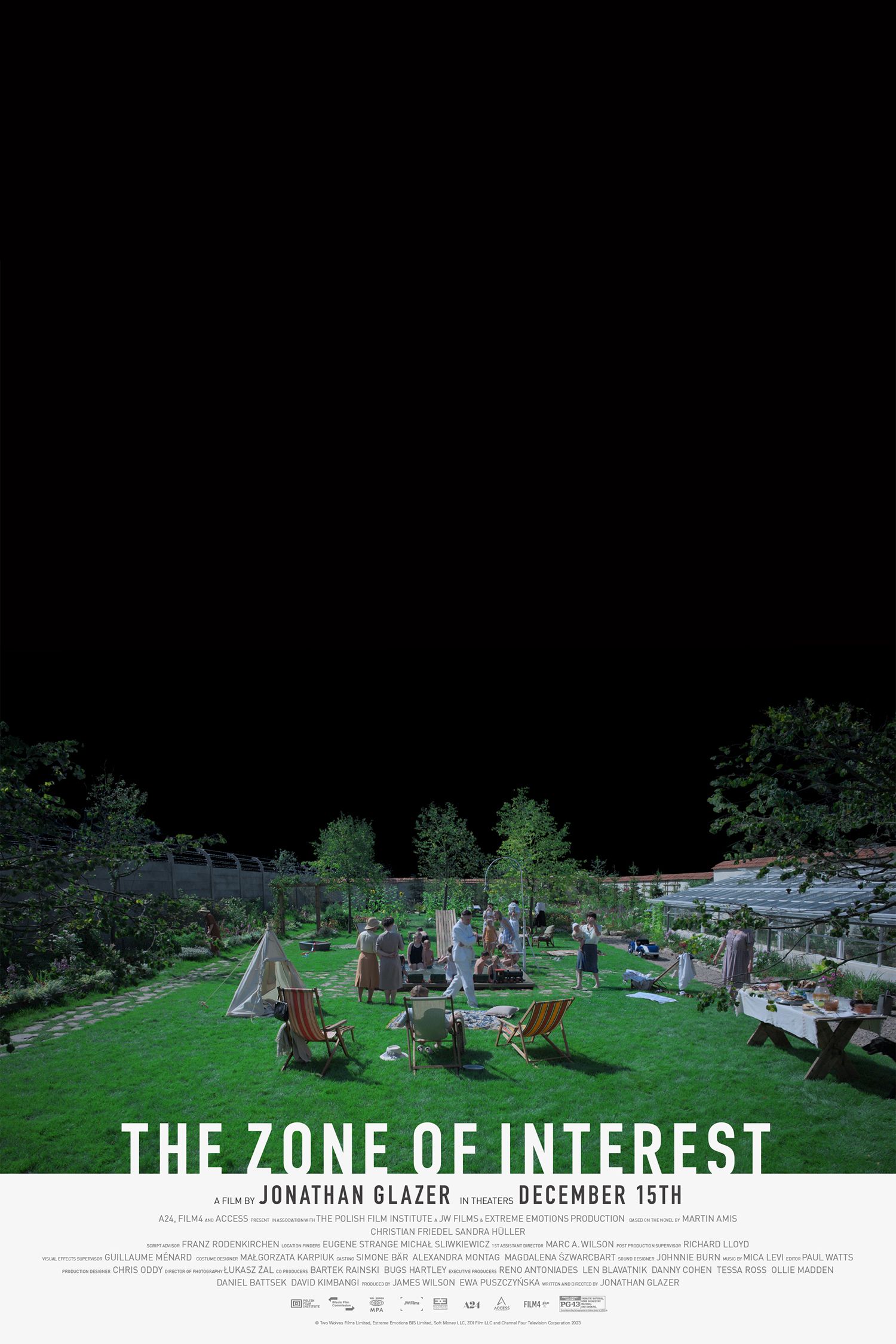
The Zone of Interest
The commandant of Auschwitz, Rudolf Höss, and his wife Hedwig, strive to build a dream life for their family in a house and garden next to the camp.
- Release Date
- December 15, 2023
- Director
- Jonathan Glazer
- Cast
- Sandra Hüller , Christian Friedel , Freya Kreutzkam , Max Beck
- Runtime
- 105 minutes
Glazer’s Adaptation Takes Drastic Structural Detours From the Novel
Avid fans of Amis’s writing may be startled to learn that Glazer’s The Zone of Interest takes on an entirely different structure than the novel. Amis’s version maintains a first-person narration that oscillates between three characters in each of its six chapters. The interiority of this split perspective aims for readers to consider the Holocaust from the standpoint of both victims and oppressors to convey how the Nazi machine affected individuals differently. Through this trio of points of view, Amis’s book explores the existential crises experienced by the characters, which include romance, guilt, and the power of memory, all universal sentiments that open its narrative up to the human condition. It is crucial to note that the novel begins in 1942, a year into Hitler’s attempts at full-on extermination of the Jewish populations in Europe, as well as a turning point in World War II when the Germans began to understand that the conflict was not playing out in their favor. These realizations of Nazi disillusionment are strongly present within almost every perspective of Amis’s book.
In Glazer’s adaptation of The Zone of Interest, he rebels against the impressionistic perspectives found in the novel to create an astoundingly objective film. Unlike the book and most conventional portrayals of the Holocaust onscreen, Glazer chooses never to cross the gates into the camp except for one brief scene where Rudolf is shown alone in a low-angle shot amid the commotion of the arrival selections. Instead of visually recreating horrors that could never be fully captured, Glazer focuses on delivering sensory impressions of the atrocity through what the viewer does not see, what they hear, and what they notice in the background. Partnering with Oscar-nominated Polish cinematographer Łukasz Żal (Ida, Cold War), the film’s camerawork reaffirms the removed and distanced gaze, which Glazer has described as “Big Brother in a Nazi house,” as the two chose to hide ten cameras within the walls of the home built by the movie’s production team, a replica of the Hösses’ home. They shot in predominantly natural light, instilling a relationship with reality that significantly contributes to the film’s eeriness and critical connections to the contemporary. Glazer’s interpretation cuts away from the dramatic interpersonal relations emphasized in the source material to maintain a hyper-focus on the everyday world of the Höss family, fixated with “our similarities with the perpetrators rather than our similarities with the victims.”
Glazer Leans Into Historical Accounts to Redraft the Characters of the Film
For his interpretation, Glazer redrafts the characters who appear in the novel, even fusing two of the central first-person perspectives. Amis’s book follows the innermost thoughts of three characters: Angelus Thomsen, a handsome and disenchanted young officer; Commandant Paul Doll, inspired by the real Rudolf Höss but much more debaucherous and undisciplined; and finally, Szmul, a Jewish Sonderkommando forced to function as Doll’s sidekick. Moving between these characters’ perspectives, Amis works to create a sweeping impression of both perpetrator and victim. The onscreen version of The Zone of Interest takes major detours from Amis’s intricate character building in the novel, keeping the viewer at arm’s length as the film observes its central family.

‘The Zone of Interest’ Review: Jonathan Glazer’s Haunting, Restrained Journey into Evil
Glazer’s approach to the Holocaust film is wholly unique and undeniably terrifying.
Shedding the fictional facades of Paul Doll and his wife Hannah, Glazer prefers to use the historical names of Rudolf and Hedwig Höss. The novel stresses the crumbling marriage between these central characters due to their divergent views of the Nazi’s crimes, while the movie chooses to portray them as the archetypal German family, only hinting at the cracks in their relationship through allusions to Rudolf’s extramarital affairs. Glazer amalgamates Paul and Angelus from the book to create his version of Rudolf (Christian Friedel), a man in the prime of his life and at the height of his career, which firmly diverges from the source material. Glazer entirely reimagines the moral DNA of Hannah’s character, even changing her name to one that sounds much more Germanic. Played by Sandra Hüller, who is quickly becoming a household name thanks to her astonishing performance in this year’s Palme d’Or winning Anatomy of a Fall, Hedwig’s physical and emotional essence epitomizes Hitler’s ideal of the perfect German wife and mother. Boasting her nickname “The Queen of Auschwitz,” Hedwig may represent the most toxic character of the movie, her prominent altercation with her husband as he announces his transfer being inspired by historical records of a similar argument between the couple. Roaring about the Lebensraum she feels entitled to, Hedwig most strongly detaches from her collaboration with the Nazi regime and the lifestyle that the absolute suffering of others has afforded her.
Glazer’s last effort took a similarly audacious approach to adapting a text, 2013’s Under the Skin, which also notably embodied a much more cryptic and avant-garde spirit than the novel it was based on. Glazer’s adaptation of The Zone of Interest wanders far from the narrative design of Amis’s novel to capture the filmmaker’s distinctive creative sensibilities. However, the movie is still able to capture the essential spirit of the source material, the banality of evil, and the human capacity for denying or ignoring the injustice happening all around us. This idea contributes tremendously to the relevancy of both the novel and the film, especially in a world where nearly everyone can overlook the sufferings of others, wherever they might be in the world.
The Zone of Interest is now available to buy on VOD in the U.S.















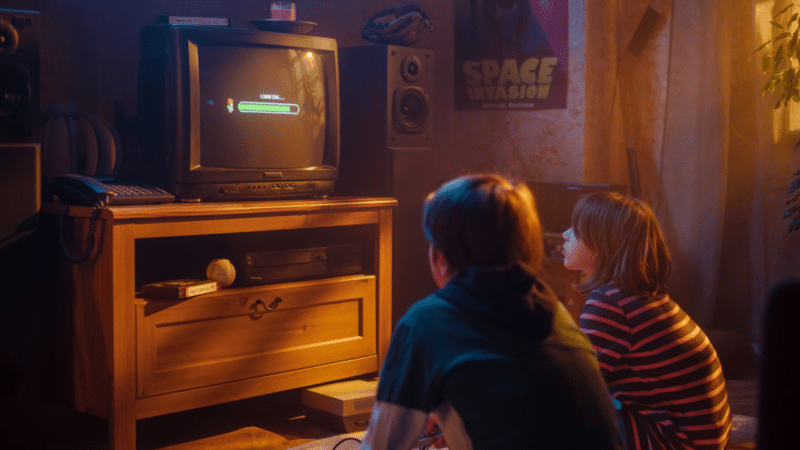






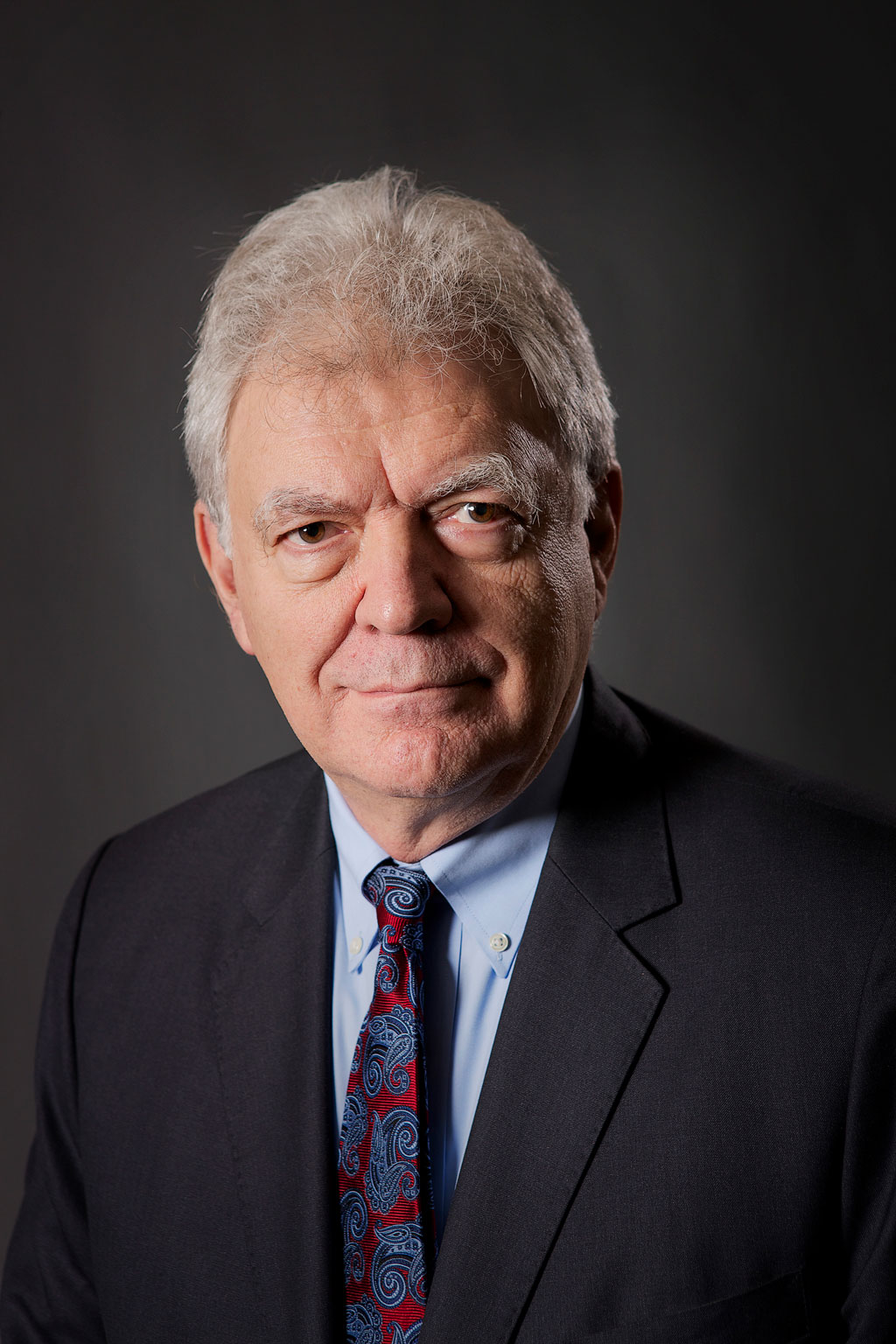














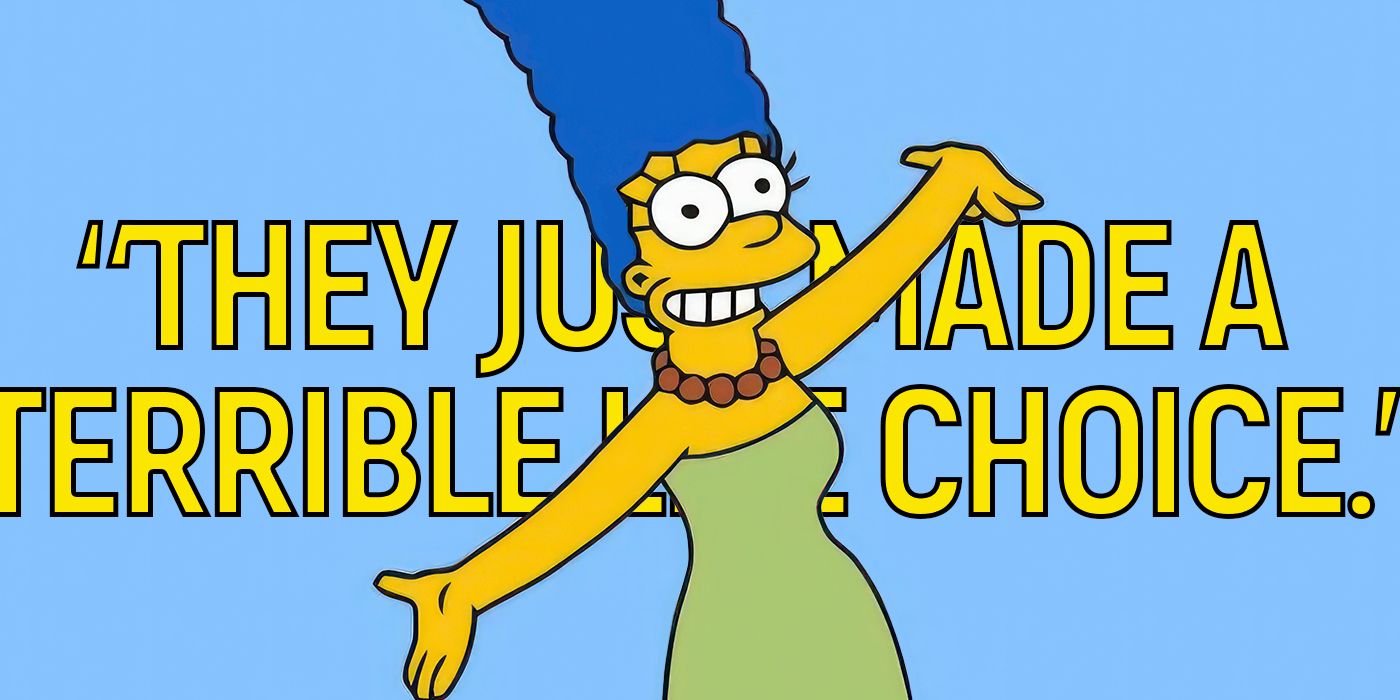


![Spider-Man Is Back in Black With the Green Goblin in New Funko Pop! Figures [Exclusive] Spider-Man Is Back in Black With the Green Goblin in New Funko Pop! Figures [Exclusive]](https://static1.colliderimages.com/wordpress/wp-content/uploads/2025/03/spider-man-the-animated-series-green-goblin.jpg)


